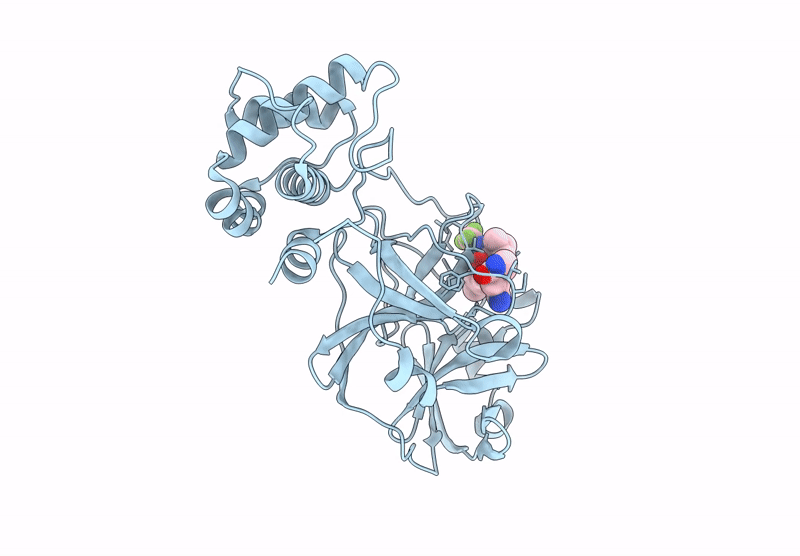
Deposition Date
2024-11-19
Release Date
2025-06-18
Last Version Date
2025-06-18
Entry Detail
PDB ID:
9EEV
Keywords:
Title:
Crystal structure of the SARS-CoV-2 Omicron nsp5 main protease (Mpro) E166V mutant in complex with inhibitor Nirmatrelvir (PF-07321332)
Biological Source:
Source Organism:
Host Organism:
Method Details:
Experimental Method:
Resolution:
2.40 Å
R-Value Free:
0.25
R-Value Work:
0.21
R-Value Observed:
0.21
Space Group:
I 1 2 1


